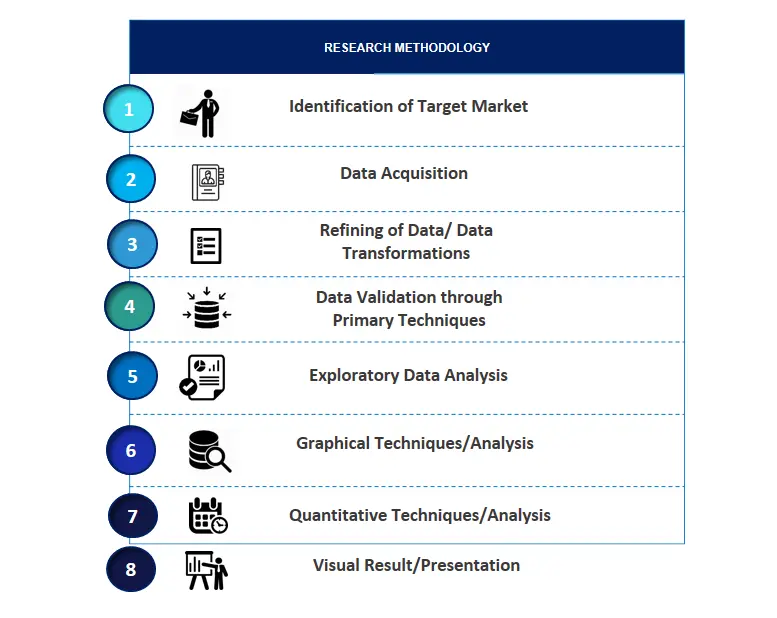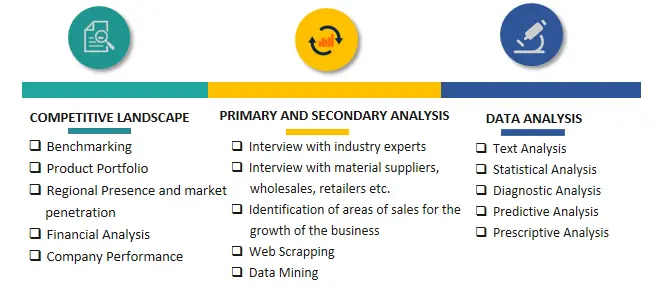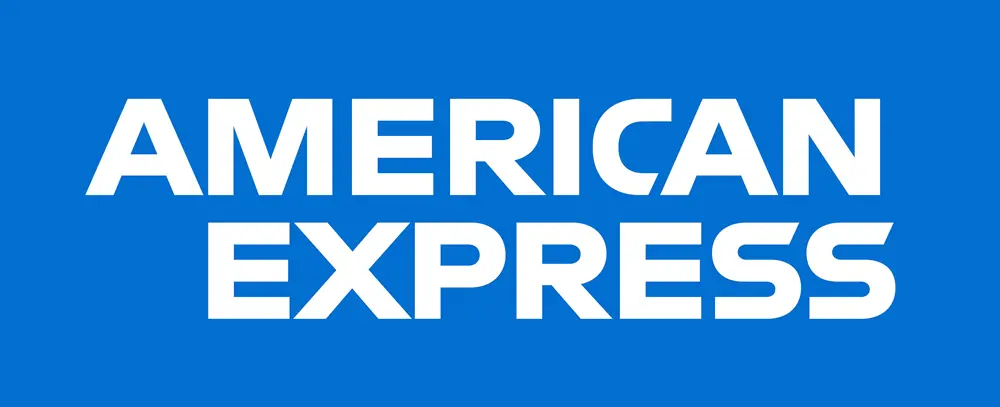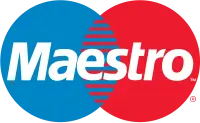
Prosthetics and Orthotics Market Size, Trends, Growth, CAGR Status, Challenges, Future Outlook
Prosthetics and Orthotics Market Growth, Size, Trends Analysis - By Product - Regional Outlook, Competitive Strategies and Segment Forecast to 2034
| Published: Jan-2025 | Report ID: HLCA2530 | Pages: 1 - 246 | Formats*: |
| Category : Healthcare | |||


- In May 2024, Ottoback presented to the world market a cutting-edge mechanical prosthetic foot. For the first time, the Evanto foot strikes a balance between stability, flexibility, and dynamics—a major advancement in prosthetics.
- In March 2024, NIPPONEXPRESS HOLDINGS INC. declared that it had made an investment in Instalimb, Inc, a business expanding its 3D-printed prostheses operations abroad in India, the Philippines, and other places. In February 2024, this purchase was made as part of the NX Global Innovation Fund.
- In June 2023, Fillauer introduced the Myo/One Electrode system, which was created in collaboration with Coapt. It is a simple, watertight solution that eliminates the need for cables, sealing rings, fabrication aids, and other devices by using a single preamplifier to provide two EMG signal channels for myoelectric devices.
- In May 2023, WillowWood declared the launch of the Alpha Control Liner System, a cutting-edge prosthetic liner with integrated electronics, developed in collaboration with Coapt. People who use a myoelectric prosthesis benefit from the system because it makes electrode contact with the skin more comfortable and consistent, which improves functional control. The Complete Control system from Coapt uses machine learning to comprehend human intent and regulate prosthesis movements.
- In March 2023, Steeper Group declared that it had joined the Eqwal Group, which had purchased all of the Steeper Group's shares. The Eqwal Group is a worldwide provider of patient care services in orthotics and prosthetics, with its headquarters located in Toulouse, France. Steeper Group hopes to provide cutting-edge goods and services and enhance its healthcare offerings in the UK with this initiative.
| Report Metric | Details |
| Market size available for years | 2021-2034 |
| Base year considered | 2024 |
| Forecast period | 2025-2034 |
| Segments covered | By Product. |
| Regions covered | North America, Latin America, Asia-Pacific, Europe, and Middle East & Africa. |
| Companies Covered | Aether Biomedical, Bauerfeind, Blatchford Limited, Fillauer LLC, Mobius Bionics, Ossur, Ottobock, Steeper Group, Ultraflex Systems Inc, WillowWood Global LLC. |
- Global Prosthetics and Orthotics Market Size (FY’2021-FY’2034)
- Overview of Global Prosthetics and Orthotics Market
- Segmentation of Global Prosthetics and Orthotics Market By Product (Orthotics and Prosthetics)
- Statistical Snap of Global Prosthetics and Orthotics Market
- Expansion Analysis of Global Prosthetics and Orthotics Market
- Problems and Obstacles in Global Prosthetics and Orthotics Market
- Competitive Landscape in the Global Prosthetics and Orthotics Market
- Details on Current Investment in Global Prosthetics and Orthotics Market
- Competitive Analysis of Global Prosthetics and Orthotics Market
- Prominent Players in the Global Prosthetics and Orthotics Market
- SWOT Analysis of Global Prosthetics and Orthotics Market
- Global Prosthetics and Orthotics Market Future Outlook and Projections (FY’2025-FY’2034)
- Recommendations from Analyst
1.1. Scope of the report1.2. Market segment analysis
2.1. Research data source
2.1.1. Secondary Data2.1.2. Primary Data2.1.3. SPERs internal database2.1.4. Premium insight from KOLs
2.2. Market size estimation
2.2.1. Top-down and Bottom-up approach
2.3. Data triangulation
4.1. Driver, Restraint, Opportunity and Challenges analysis
4.1.1. Drivers4.1.2. Restraints4.1.3. Opportunities4.1.4. Challenges
5.1. SWOT Analysis
5.1.1. Strengths5.1.2. Weaknesses5.1.3. Opportunities5.1.4. Threats
5.2. PESTEL Analysis
5.2.1. Political Landscape5.2.2. Economic Landscape5.2.3. Social Landscape5.2.4. Technological Landscape5.2.5. Environmental Landscape5.2.6. Legal Landscape
5.3. PORTERs Five Forces
5.3.1. Bargaining power of suppliers5.3.2. Bargaining power of buyers5.3.3. Threat of Substitute5.3.4. Threat of new entrant5.3.5. Competitive rivalry
5.4. Heat Map Analysis
6.1. Global Prosthetics and Orthotics Market Manufacturing Base Distribution, Sales Area, Interface Type6.2. Mergers & Acquisitions, Partnerships, Interface Launch, and Collaboration in Global Prosthetics and Orthotics Market
7.1. Orthotics
7.1.1. Upper Limb7.1.2. Lower Limb7.1.3. Spinal
7.2. Prosthetics
7.2.1. Upper Extremity7.2.2. Lower Extremity7.2.3. Liners7.2.4. Sockets7.2.5. Modular Components
8.1. Global Prosthetics and Orthotics Market Size and Market Share
9.1. Asia-Pacific
9.1.1. Australia9.1.2. China9.1.3. India9.1.4. Japan9.1.5. South Korea9.1.6. Rest of Asia-Pacific
9.2. Europe
9.2.1. France9.2.2. Germany9.2.3. Italy9.2.4. Spain9.2.5. United Kingdom9.2.6. Rest of Europe
9.3. Middle East and Africa
9.3.1. Kingdom of Saudi Arabia9.3.2. United Arab Emirates9.3.3. Qatar9.3.4. South Africa9.3.5. Egypt9.3.6. Morocco9.3.7. Nigeria9.3.8. Rest of Middle-East and Africa
9.4. North America
9.4.1. Canada9.4.2. Mexico9.4.3. United States
9.5. Latin America
9.5.1. Argentina9.5.2. Brazil9.5.3. Rest of Latin America
10.1. Aether Biomedical
10.1.1. Company details10.1.2. Financial outlook10.1.3. Interface summary10.1.4. Recent developments
10.2. Bauerfeind
10.2.1. Company details10.2.2. Financial outlook10.2.3. Interface summary10.2.4. Recent developments
10.3. Blatchford Limited
10.3.1. Company details10.3.2. Financial outlook10.3.3. Interface summary10.3.4. Recent developments
10.4. Fillauer LLC
10.4.1. Company details10.4.2. Financial outlook10.4.3. Interface summary10.4.4. Recent developments
10.5. Mobius Bionics
10.5.1. Company details10.5.2. Financial outlook10.5.3. Interface summary10.5.4. Recent developments
10.6. Ossur
10.6.1. Company details10.6.2. Financial outlook10.6.3. Interface summary10.6.4. Recent developments
10.7. Ottobock
10.7.1. Company details10.7.2. Financial outlook10.7.3. Interface summary10.7.4. Recent developments
10.8. Steeper Group
10.8.1. Company details10.8.2. Financial outlook10.8.3. Interface summary10.8.4. Recent developments
10.9. Ultraflex Systems Inc
10.9.1. Company details10.9.2. Financial outlook10.9.3. Interface summary10.9.4. Recent developments
10.10. WillowWood Global LLC
10.10.1. Company details10.10.2. Financial outlook10.10.3. Interface summary10.10.4. Recent developments
10.11. Others
SPER Market Research’s methodology uses great emphasis on primary research to ensure that the market intelligence insights are up to date, reliable and accurate. Primary interviews are done with players involved in each phase of a supply chain to analyze the market forecasting. The secondary research method is used to help you fully understand how the future markets and the spending patterns look likes.
The report is based on in-depth qualitative and quantitative analysis of the Product Market. The quantitative analysis involves the application of various projection and sampling techniques. The qualitative analysis involves primary interviews, surveys, and vendor briefings. The data gathered as a result of these processes are validated through experts opinion. Our research methodology entails an ideal mixture of primary and secondary initiatives.



Frequently Asked Questions About This Report
PLACE AN ORDER
Year End Discount
Sample Report
Pre-Purchase Inquiry
NEED CUSTOMIZATION?
Request CustomizationCALL OR EMAIL US
100% Secure Payment






Related Reports
Our Global Clients
Our data-driven insights have influenced the strategy of 200+ reputed companies across the globe.




















